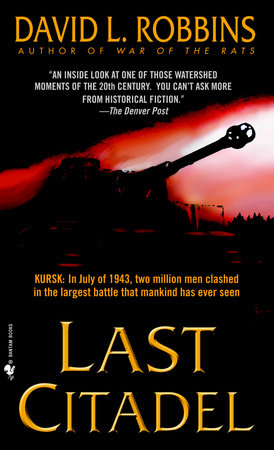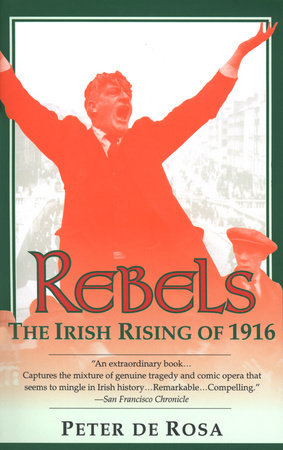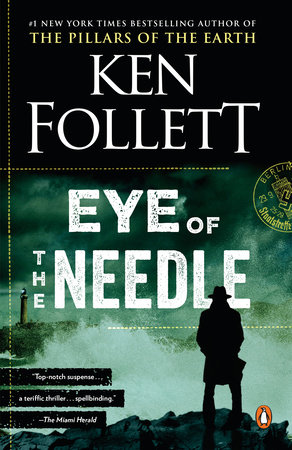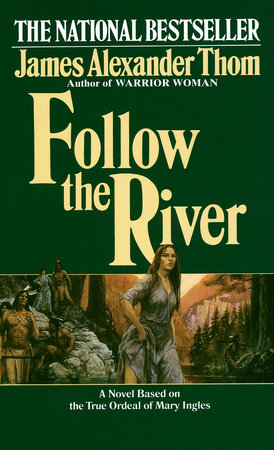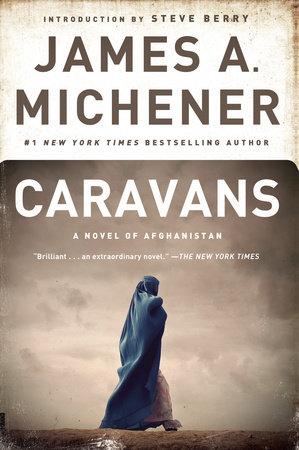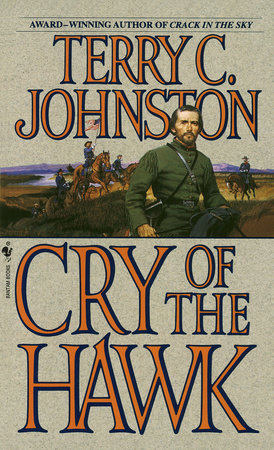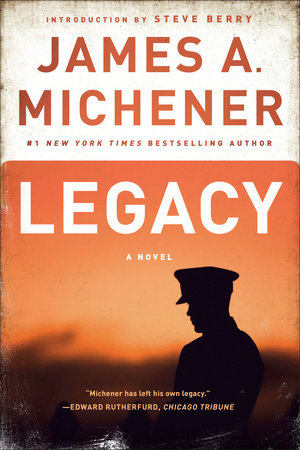HISTORY OF LAST CITADEL
An essay by David L. Robbins
The battle for Kursk was a sprawling affair. So too was the research to depict it on the page.
In summer of 1943, Germany mounted its last offensive on the Eastern Front. The operation was code-named Citadel. The assault was designed to retake momentum lost in the winter when Germany was pushed west out of Stalingrad all the way to Khark’ov. The resultant lines between the forces featured a massive bulge, held by the Russians, into the German rear. Citadel’s aim was to reduce this bulge, reclaiming lost land and straightening the lines. Hitler would send the freed-up troops south to Italy for the looming Allied invasion.
At the center of the bulge stood the city of Kursk. Once the attack began in early July, fierce fighting was conducted west, north, and south of Kursk. The flat expanses were ideal for open, mobile warfare; in other words, the steppe was perfect for tanks. The major obstacle to German success was that the offensive was obvious to Soviet planners. They were long and well prepared for it. The battle was necessarily desperate and bloody. In the end, Citadel became the largest land battle in the history of warfare.
Researching this battle was less of a daunting task than determining who would be the storytelling perspectives in Last Citadel. Initially, I wanted two duelists. The German, I knew, would be in a Tiger tank, the most formidable weapon on the battlefields of Europe. The Soviet would command the undersized but mobile Russian T-34 tank. The contest of the two tanks, great and small, was going to be the heart of the novel.
For the Tiger, I did not want a German soldier. Instead, my research led me to the fact that by 1943, the SS was over 50 percent non-Germanic. I settled on a Spaniard because I was enamored with the history of the Blue Division, Franco’s gift to Hitler after the Spanish Civil War. This allowed me new insights on Germany, Germans themselves, and new perspectives on how to fight. Luis Ruiz de Vega, my Spaniard, is a captain in the SS and a former bullfighter.
In the Red tank, my first impulse was to mirror Luis with a counterpart. But I read a book on Cossacks in WWII and was fascinated to learn that they often went to war in their family units. Mother would hitch up the wagon and accompany father, sons, and daughters, feeding them along the way. I decided to make a Cossack clan my main characters, though I excised the mother. I made the father my main protagonist. Like Luis, private Dimitri Berko gave me a new angle on war. He is older and a cavalry veteran of the White/Red battles of thirty years prior. He is an instinctive plains horseman and brings this galloping battle sense to his efforts as the driver of the T-34. His sergeant son, Valentin, is a dedicated Communist and the tank’s commander. By adopting Dimitri’s point of view, the book became infused with a wonderful tension inside the confines of the little Soviet battle tank: private-sergeant, Tsarist-Communist, father-son, driver-commander.
Dimitri’s daughter, Katya, was also a fascinating discovery for me. In a footnote, I learned of the Night Witches, an all-woman squadron of night bombers. The entire unit was comprised of females: pilots, navigators, mechanics, armorers, officers. They got their nickname from their tactics. In the dark, they cut the engines on their flimsy PO-2 biwing bombers a mile from their targets, then glided in to deliver their payloads. Once their bombs were dropped, they restarted their props and puttered away before the spotlights could find them and AA batteries knock them out of the sky.
Katya plays a double role in the book because she becomes a partisan after being shot down. The work of the guerrillas behind German lines was thrilling and dangerous. I wanted it in Last Citadel.
To envision all this, I traveled to Russia. This was my third trip, having been also for two earlier books, War of the Rats and The End of War. I spent three weeks on the battlefields around Kursk. There I learned how late the sun goes down in July, the crops that were likely planted in 1943 (especially sunflowers, a major image in the novel), and the view across the endless fields, imagining them from a tank’s firing sight. I visited towns and villages, museums and memorials. I spoke with as many older folks as my interpreter and I could ingratiate ourselves to.
My research led me to dozens of splendid written sources, detailed in the bibliography I include with all my historical fiction. I spent days at the Aberdeen Proving Grounds Museum in Maryland with the curator, sitting in tanks of all kinds, handling firearms and learning ballistics. I flew in a bi-wing stunt plane to get the sense of acrobatics Katya would need to escape the swinging searchlights after her raids. I rode in a restored T-34 over dusty fields in rural Virginia, playing gunner and driver as well as hunter and quarry. I interviewed an old Russian found by a local rabbi. The man had been a partisan in the forests around Minsk, blowing up German troop trains. I sat for hours with a retired Green Beret who taught me how to handle C-3 and how to position the explosive clay to derail a train any number of ways. At Russian museums I watched video interviews with old Soviet and German tankers, seeing the battle for Kursk relived in their eyes.
Throughout my research I waited and listened for my characters to emerge. They came out of books and faces, from flickering screens, grainy photographs, brilliant sunsets over vast pastures, and old streets and pathways. In my writing experience, history makes itself available to anyone with the diligence to find it. The voices to tell these grand stories are what make or break the telling. It is here, in inspiration, where the writer needs the most patience and hard work.
